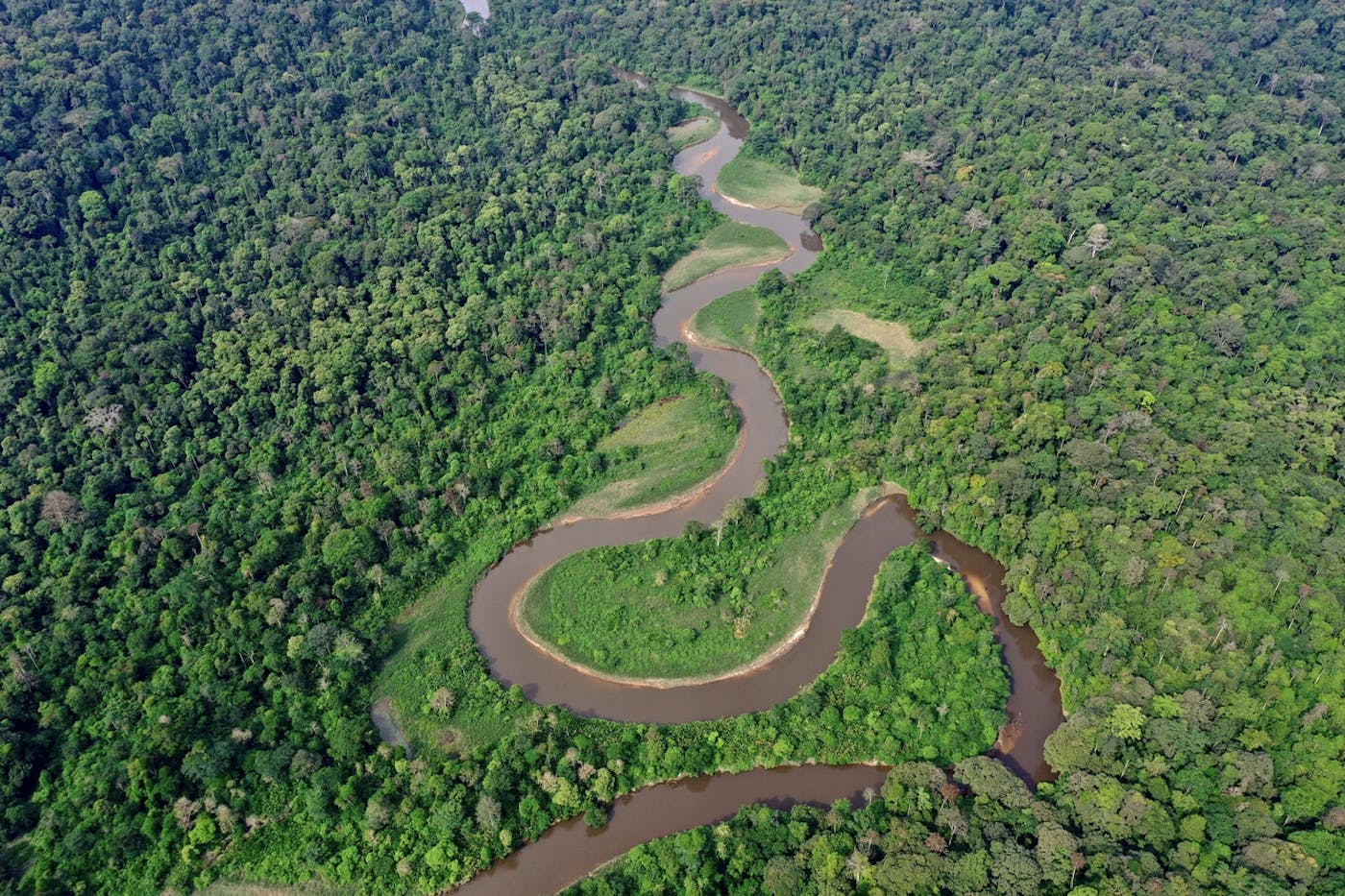Protecting and restoring Conkouati-Douli in the Congo Basin
- Nature Conservation
- Land Conservation
- Forests
- Grasslands
- Wetlands
- Biodiversity
- Wildlife
- Sustainable Livelihoods
- Mangroves
- Equatorial Afrotropics
- Afrotropics Realm
| Bioregion | Gulf of Guinea Coastal Forests & Mangroves (AT17) |
| Category | Nature Conservation Our project categories represent one of three core solutions pathways to solving climate change. Energy Transition focuses on renewable energy access and energy efficiency. Nature Conservation includes wildlife habitat protection and ecosystem restoration, as well as Indigenous land rights. Regenerative Agriculture supports farmers, ranchers, and community agriculture. |
| Realm | Afrotropics The Project Marketplace is organized by the major terrestrial realms divided into 14 biogeographical regions – N. America, Subarctic America, C. America, S. America, Afrotropics, Indomalaya, Australasia, Oceania, Antarctica, and the Palearctic realm, which coincides with Eurasia and is divided into Subarctic, Western, Central, Eastern, and Southern regions. |
| Partner | Parcs de Noé |
One Earth’s Project Marketplace funds on-the-ground climate solutions that are key to solving the climate crisis through three pillars of collective action — renewable energy, nature conservation, and regenerative agriculture.
Conkouati-Douli National Park was established in 1999 and initially co-managed by the Wildlife Conservation Society (WCS) in partnership with the government of the Republic of Congo. This partnership ended in 2018, and the park has been without any dedicated management or resources for the past three years. Over that time, illegal logging, mining, wildlife poaching, and industrial fishing proliferated and now threaten the park’s extraordinary biodiversity and climate mitigation capacity. The park is protected on paper but lacks the management with financial resources and strategies, leaving its great bounty of biodiversity and sequestered carbon largely unmanaged and unprotected.
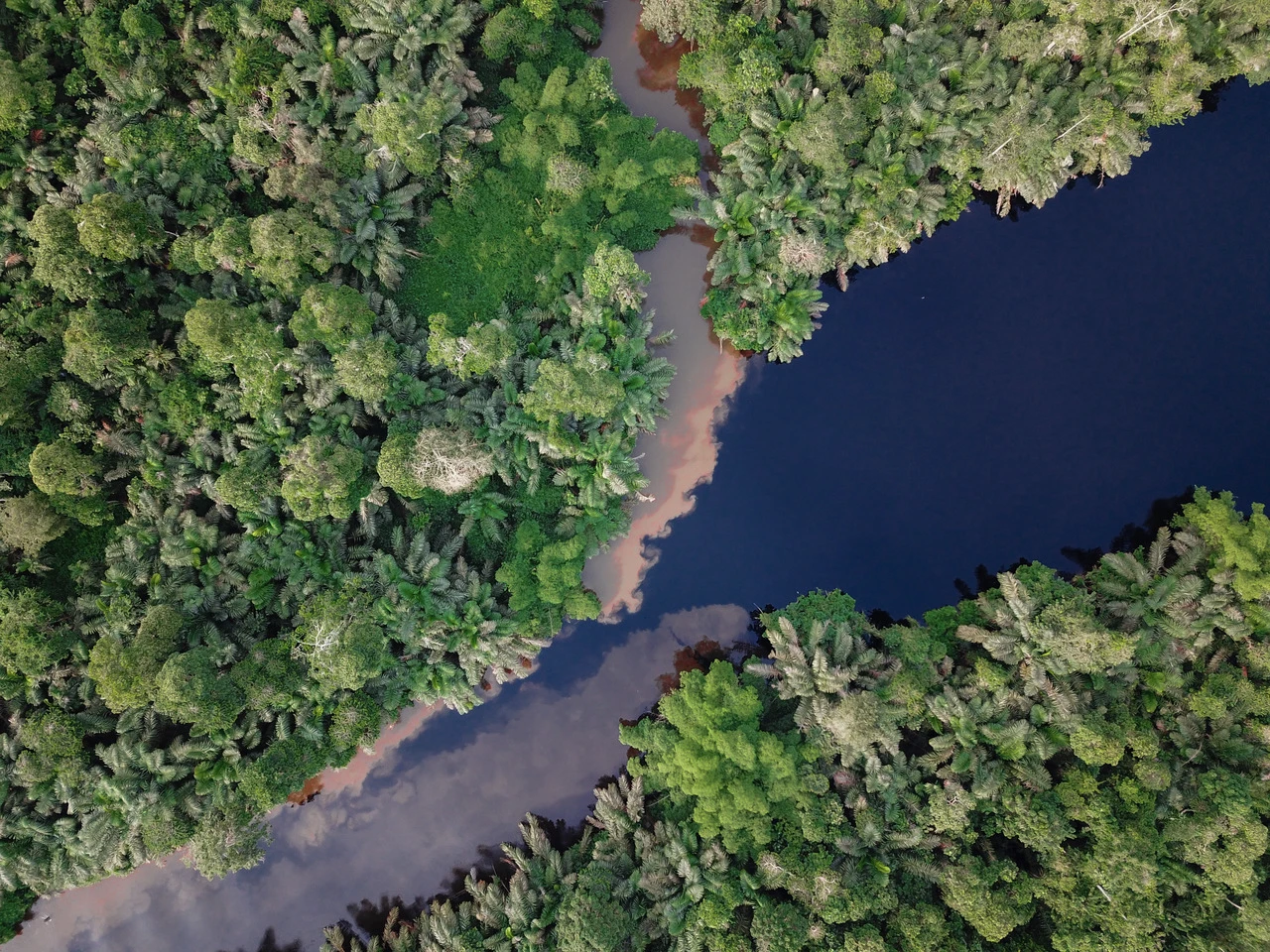
Image credit:©Arthur Laboureur
The park spans 1.2 million acres along the coast of the Republic of Congo, where the Atlantic Ocean meets the tropical rainforests of Central Africa. It protects mountains, forests, savannahs, lagoons, and mangroves and is home to critically endangered species, like forest elephants, western lowland gorillas, along with 400 species of birds and over 1,000 species of plants. Approximately 7,000 people live in 28 villages in and around the park. The people are of various ethnic origins, including Vili. They remain deeply attached to traditional values and practices related to their natural environment.
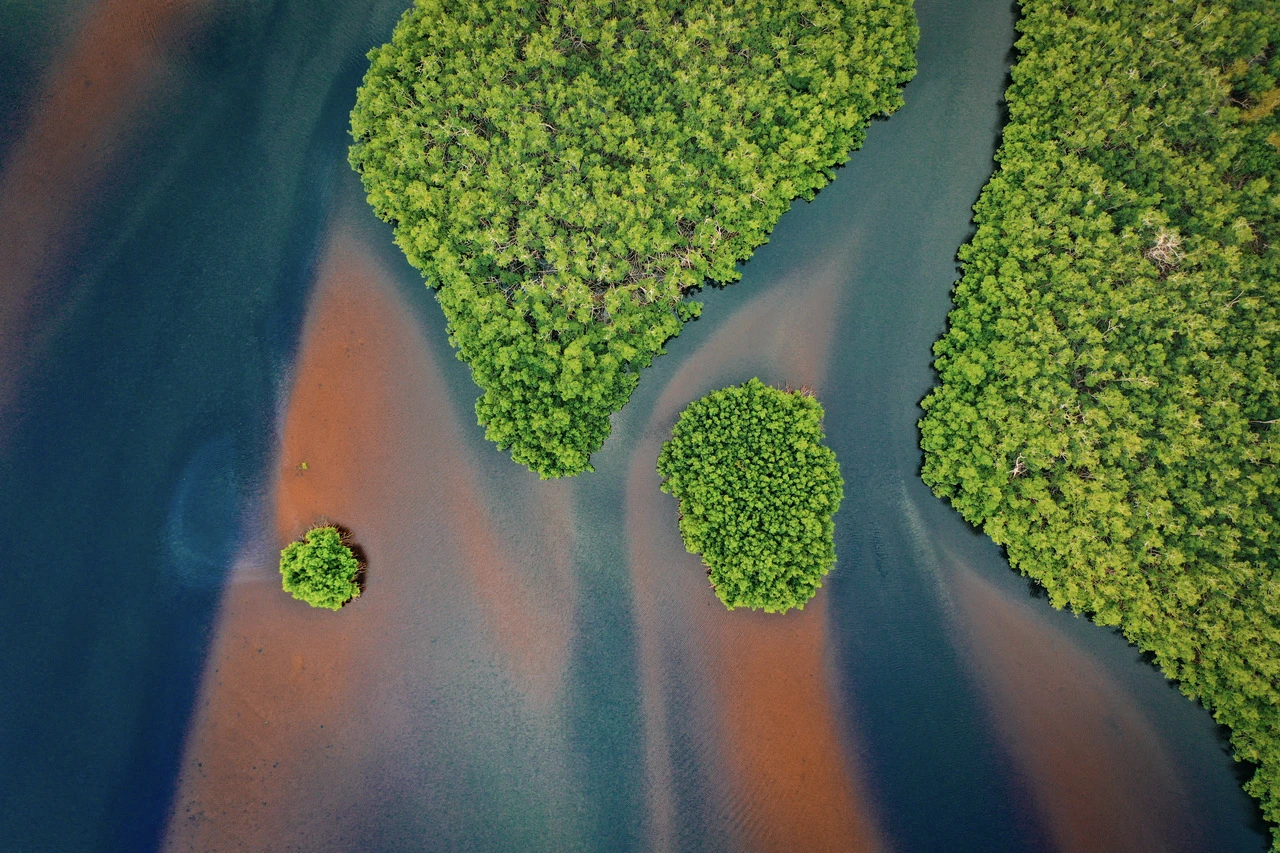
Image credit:©Arthur Laboureur
Parcs de Noé, a French non-governmental conservation organization, won a public tender process and recently concluded negotiations on a twenty-year agreement with the Republic of Congo, whereby Parcs de Noé will assume full management responsibilities for Conkouati-Douli. Parcs de Noé’s bid cast a vision spanning two decades, with the park becoming a pristine refuge for the iconic terrestrial and marine wildlife of Central Africa, meeting the social and economic needs of the local communities living in and alongside the park’s boundaries, and playing a vital role in global efforts to mitigate the causes of climate change.
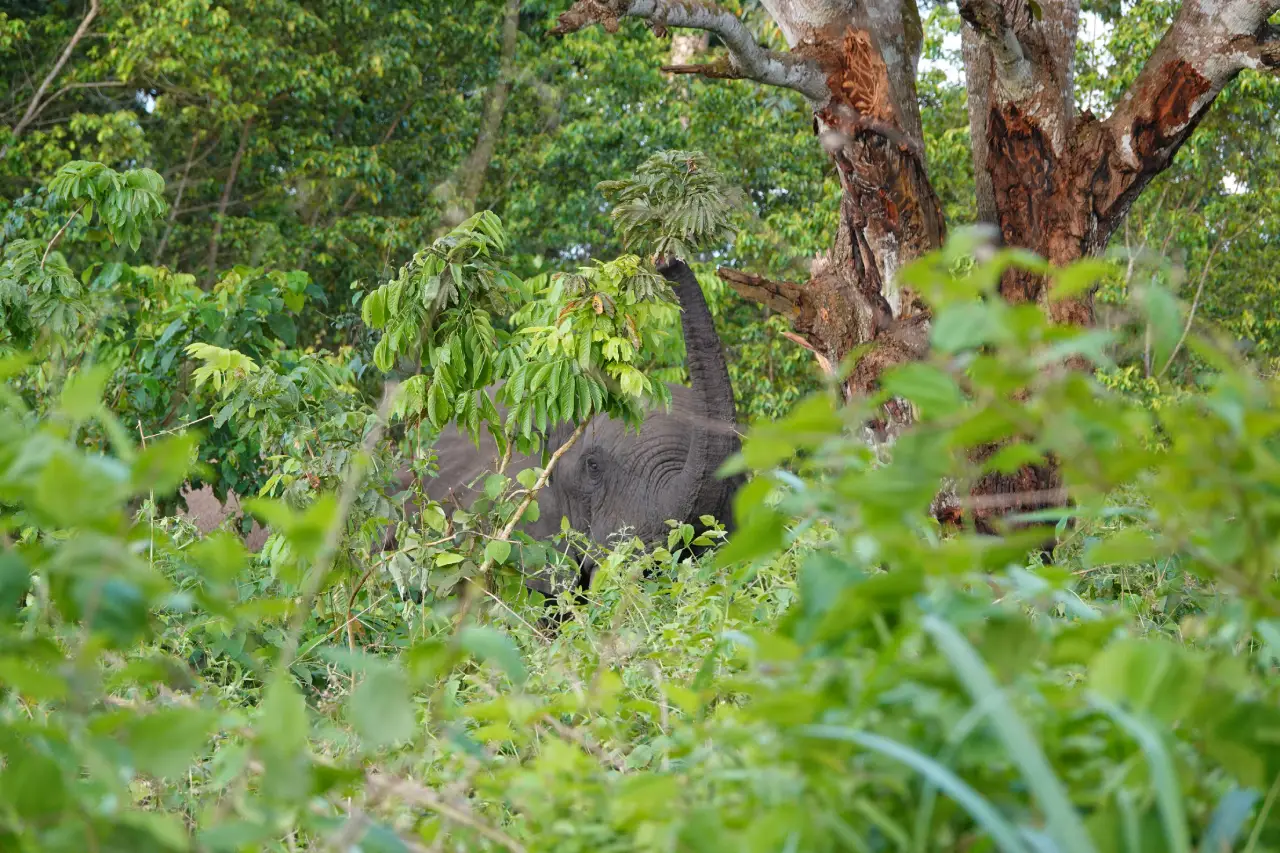
Parcs de Noé’s is pursuing its vision for Conkouati-Douli through the five management pillars originally developed by the African Parks Foundation. (1) Conservation & Habitat Management, (2) Community Development, (3) Revenue Generation, (4) Security & Law Enforcement, and (5) Management & Infrastructure This model has proven to be highly successful, not only in providing a haven for critical wildlife but also in engaging the local communities, empowering them, and making them more resilient for the future.

Image credit:©Arthur Laboureur
This project focuses on the most immediate needs and priorities for the next 2,5 years. These include reestablishing the park’s borders, ensuring the safety of people and wildlife, repairing and replacing old, outdated infrastructure, supporting local communities, and instilling scientifically based and data-driven conservation practices.
Funding will:
- Conserve more than 350,000 hectares of tropical forest within the park’s borders.
- Protect more than 50 species of mammals, 450 species of birds, and 1,200 species of plants, including critically endangered and otherwise vulnerable species such as forest elephants, western lowland gorillas, hawksbill marine turtles, chimpanzees, loggerhead, green, and olive ridley marine turtles, Atlantic humpback dolphins, manatees, and forest buffalo.
- Rebuild the park’s infrastructure and reestablish management and security.
- Create more than 100 new local jobs.
- Provide basic services, including health care and education, to the more than 7,000 people living within the park’s borders.
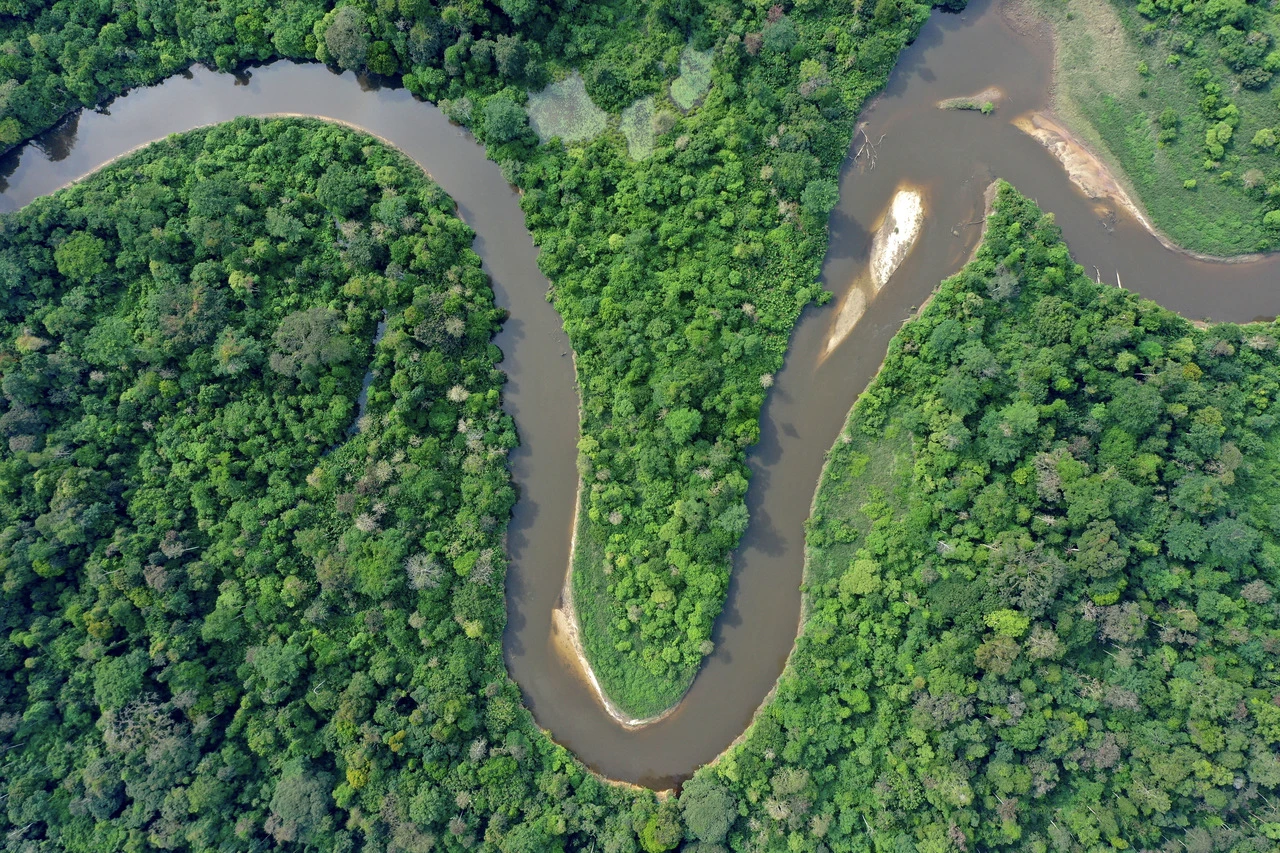
Image credit:©Arthur Laboureur
Parcs de Noé will marshal financial, technical, scientific, and security resources to protect wildlife populations and key ecosystems and migration corridors. The project will engage local communities to foster socially responsible and environmentally sustainable economic opportunities and enhance the park’s infrastructure and operational capacity.
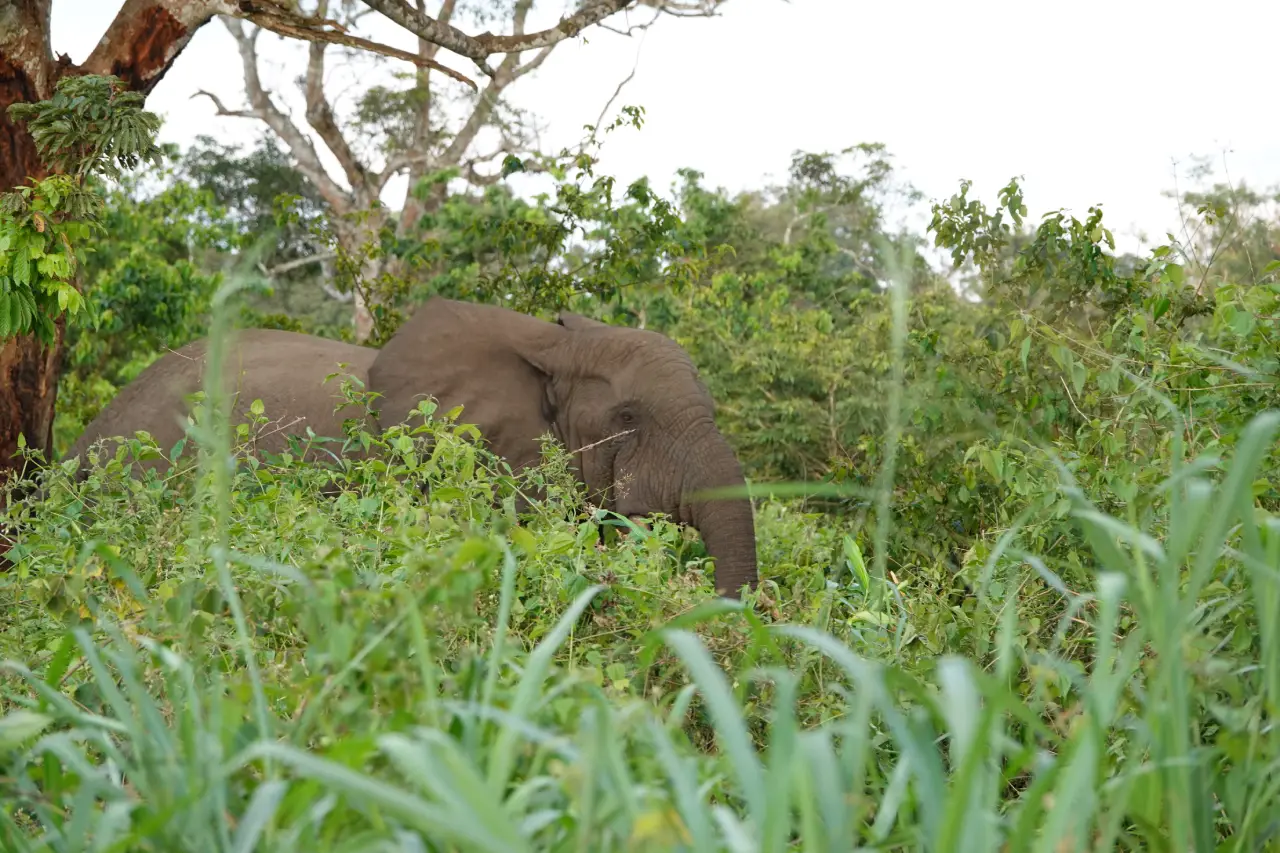
The goal is to lay the basis for a well-managed national park to operate as a sanctuary for wildlife, enhance the resilience of local communities to a changing climate, and allow sustainably-minded business ventures to thrive in a place of illegal wildlife trade and unsustainable natural resource exploitation. This will benefit the park’s biodiversity, its many critically endangered and vulnerable species, and the local communities transitioning to sustainable economic enterprises and activities. It also will benefit the climate by sequestering millions of tons of carbon dioxide.
